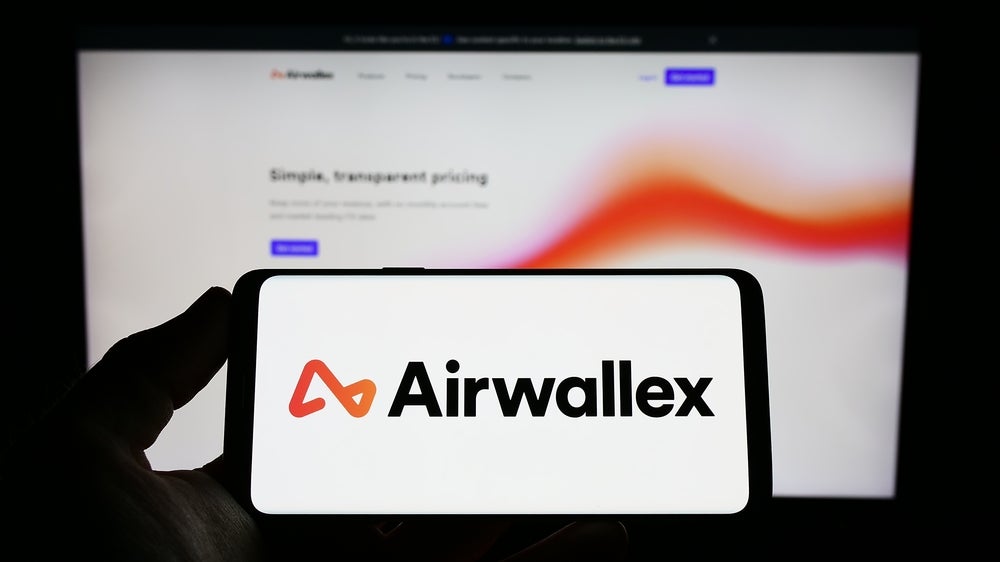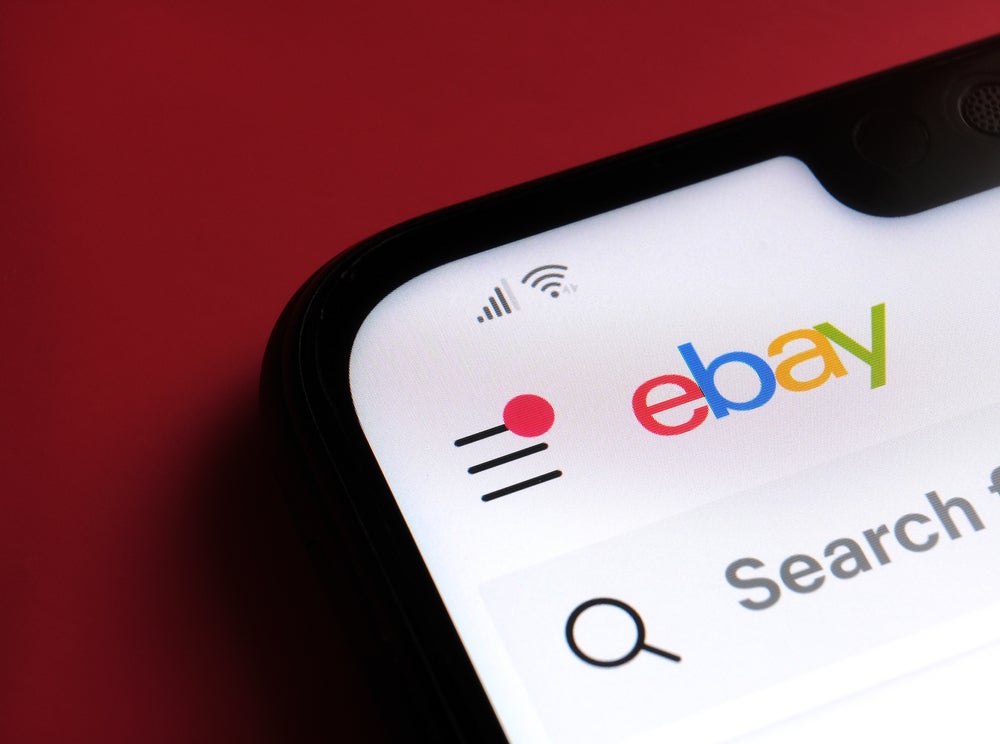eCommerce has grown rapidly within the previous decade, becoming the norm for shoppers both in the UK and Globally. Britain is expected to have nearly 60 million users by the end of 2022, while experts are predicting that eCommerce will account for roughly 22% of global retail sales by the end of 2023,equating to a staggering £5.43trn.
Due to its growing popularity, an increasing number of businesses are embracing eCommerce and moving their goods or services online. Doing so grants them access to a wider customer base, whilst offering greater flexibility for customers and greater efficiency when responding to market demands.
While many have been quick to adapt to increasing demand for eCommerce solutions, others have been more hesitant to do so over fears it will put extreme pressure on their existing processes and resources.
This is understandable, especially for B2B businesses. Enabling the self-service ability for customers to configure and purchase goods, setting-up payment methods, and executing the recurring payment process over the life of an agreement requires a very different approach to traditional sales processes in order to succeed.
Firms wanting to make the transition to an eCommerce model need a plan in place that streamlines processes, delivers positive customer experiences and provides the security, scalability and visibility required to grow. Breaking down these functional requirements, businesses can find themselves looking for a range of new process capabilities, from online product catalogues and configuration management, to billing and invoicing through to digital payment enablement, all to support the eCommerce customer lifecycle. This can be both daunting and confusing and lead some to think it’s not worth the hassle.
If businesses want to be successful going forward, they need to welcome the eCommerce revolution or risk being left behind and overshadowed by their competitors.
How well do you really know your competitors?
Access the most comprehensive Company Profiles on the market, powered by GlobalData. Save hours of research. Gain competitive edge.

Thank you!
Your download email will arrive shortly
Not ready to buy yet? Download a free sample
We are confident about the unique quality of our Company Profiles. However, we want you to make the most beneficial decision for your business, so we offer a free sample that you can download by submitting the below form
By GlobalDataDespite these challenges, moving to an eCommerce model doesn’t need to be a complicated process. To smoothly transition to a more digital way of working, businesses need to assess and consider three critical pillars of functionality when deploying solutions to drive eCommerce success:
Secure Payment Portals
Personalising the user experience is critical to keeping customers satisfied and returning to do business. To do this, it’s key that they are empowered with self-service capabilities such as the ability to manage account details, view usage, manage payments and pay bills.
By offering customers a self-service portal, businesses can provide 24×7 access to account information and the flexibility of accepting payments in a fast and secure way. With a customisable portal firms can decide what information to share and what actions customers can take, all within a fully branded interface.
Commercial Payment Gateway
To run an effective eCommerce model, businesses need to monitor and manage the full lifecycle of the payment process, from payment initiation through to chargeback notification to, have a complete financial picture and to increase and manage revenue.
Deploying a solution where selected payment partners are able to integrate directly with a company’s billing and revenue management solution simplifies the process of launching a digital commerce platform. An integrated solution allows customers to make digital payments while also giving businesses the ability to monitor the entire customer and payment journey, provide for easy reconciliation between financial systems and quickly roll-out new payment functionality.
Hosted Payment Pages
One of the biggest risks when moving to an eCommerce model is payments fraud and customer payment information being stolen. This can have both a negative financial and reputational impact on a business. So, firms need options to protect themselves against threats.
Using eCommerce pages, including payments acceptance and processing, directly from a third party, PCI-validated service providers can help alleviate the threat of payment fraud. Utilising hosted payment pages from a trusted provider can streamline the process for subscription or recurring billing and provide increased security for customers by keeping their data secure. In addition, hosted payment pages offer a variety of payment options and defaults, including a simplified checkout process. A highly embeddable hosted payment page from
Change is never easy, but with eCommerce quickly becoming the go-to for customers and showing no signs of slowing down, businesses must adapt in order to survive. The good news for those holding off moving to a more digital way of working is that implementing solutions to help them transition doesn’t need to be as complicated as they may fear. Through assessing and considering these three pillars of functionality and working with providers who can meet them, firms can ensure they are ready to provide their customers with the eCommerce experience they crave and continue to do businesses long into the future.

Nathan Shinn is founder and CSO at BillingPlatform






